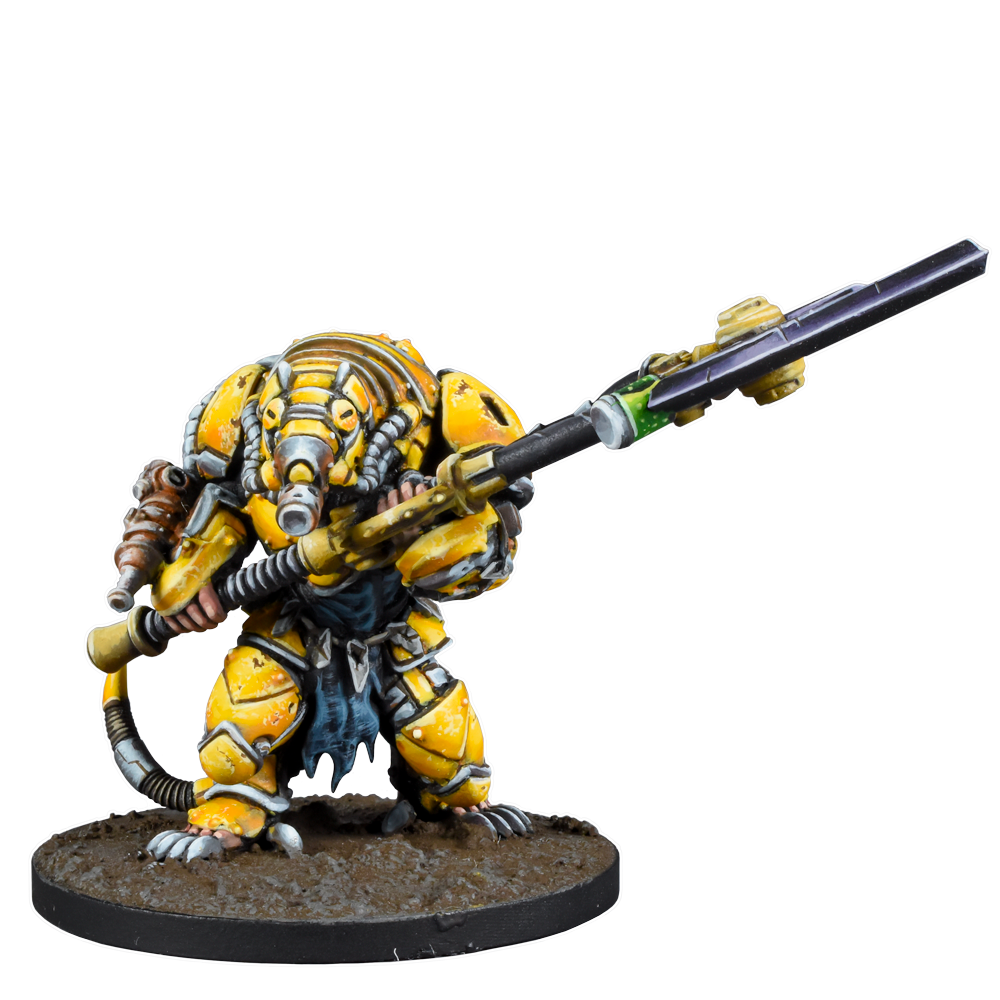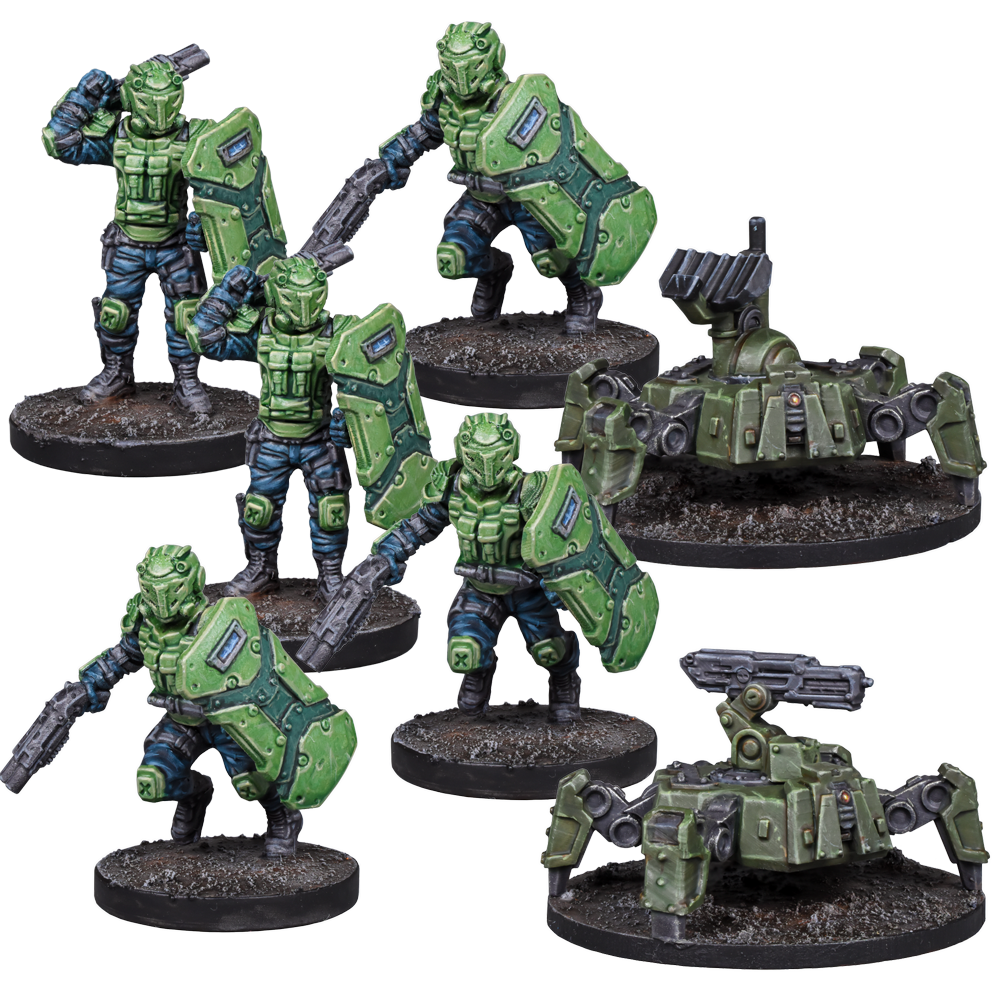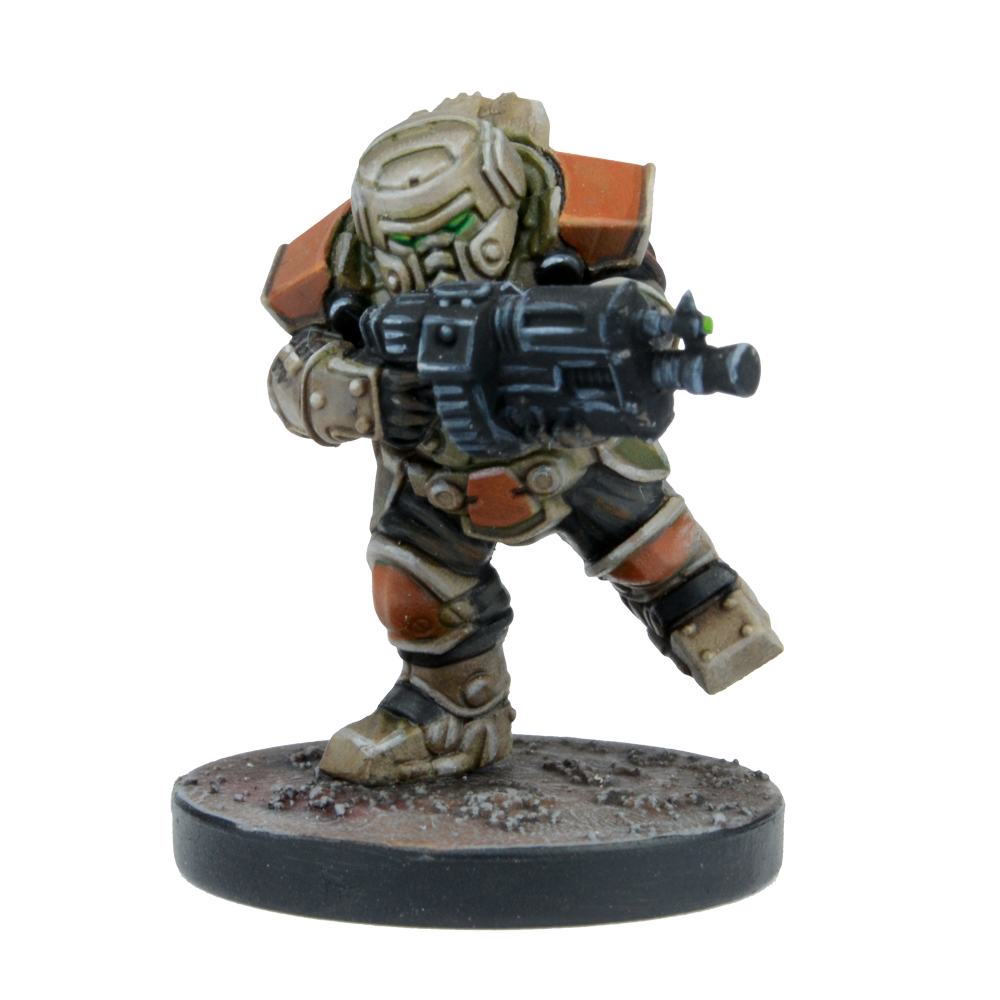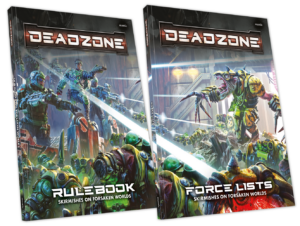Deadzone: Third Edition – Cleaning up the damage
21st Sep 2021
Rob Burman
The Deadzone: Third Edition blogs continue to come thick and fast. How excited are you? We’re more excited than a Mazon lab tech that’s just been told their degree in Totally Not Evil Science Experiments on Definitely Not Innocent Victims will be taught by Dr. Koyner himself.
Just in case this is your first blog, here’s what we’ve run through so far…
- September 13th – what the aim was with Third Edition
- September 14th – What’s new? Building your Strike Team
- September 15th – What’s new? Changes to line of sight
- September 16th – What’s new? Cleaning up keywords and abilities
- September 17th – What’s new? Units and minis!
- September 20th – What’s new? Moving the narrative along
- September 21st – Bonus blog! Calculating damage
- September 22nd - Bonus blog! Campaigns
Today, then it’s time for a bonus blog on calculating damage. To be honest, this will be a relatively dry one, but we thought it was a good way to demonstrate how we’ve streamlined Third Edition to make it even faster to play. Seriously, this is wargaming at the speed of light.
In Second Edition, you had Shoot and Fight tests, along with Survive tests. All of these would start at three dice and you would increase the amount of dice depending upon certain modifiers. That’s something that definitely hasn’t changed in Third Edition. You never have to worry about modifying your stats, instead you just have to modify the amount of dice you roll, e.g. +1 dice when shooting from high ground.

Previously in Second Edition, although it was simple enough to make the test, it sometimes became a little confusing when it came to working out damage. You see, the attacking player would roll a Shoot test, for example, while the defender would roll a Survive test. If the attacker had more successes, it would become ‘potential damage’, which then required you to consult another page to work out the ‘actual damage’ – which could be modified by the attacker’s armour piercing and then the defender’s armour.
In Third Edition, we’ve cleaned this up by removing the ‘potential damage’ element. Instead, the attacking player will roll their Shoot test and the defender will Survive, as before. The difference between the successes on the Shoot and the Survive are the number of wounds caused, e.g. if the shooter rolls three successes and the survivor rolls one success, that will be two wounds.
It’s worth noting that Assaults (formerly known as Fights) work in a similar fashion if both models decide to Assault. In this case the difference between the winning roll and the losing roll is the amount of wounds caused.

When it comes to Armour and Armour Piercing, that’s also been amended slightly too. Armour now automatically decreases the amount of damage suffered by the model’s AR stat, e.g. in the example above, if the survivor had AR1, then the wounds suffered would be reduced to one. Meanwhile the Armour Piercing value of an attack reduces a model’s Armour by the AP value of a weapon, down to a minimum of zero.
For example, a Forge Father Steel Warrior shoots at the Mazon lab tech that’s just about to start their degree. Poor lab tech! The Steel Warrior rolls two success on its Shoot test, while the lab tech rolls just one success. The lab tech has no armour, so the attack does one damage.
In another example, the same Steel Warrior shoots at a Mazon Labs Urbana Black Wing Ranger. Once again the Steel Warrior rolls two success on its Shoot test, while the ranger rolls one success. The ranger has an Armour rating of 1, which would normally block the remaining success HOWEVER the Steel Warrior’s Hailstorm Rifle has AP1, which negates the ranger’s armour value. Subsequently the ranger suffers one wound.

This change to damage calculation is minor, but removing the potential damage step makes things much easier. Plus, the fact that a model’s HP is now clearly listed on their profile means you don’t have to think about their size, when it comes to working out if they’re dead! All-in-all, this makes the whole process much simpler and you’ll be shooting or smashing opponents off the table in no time.




